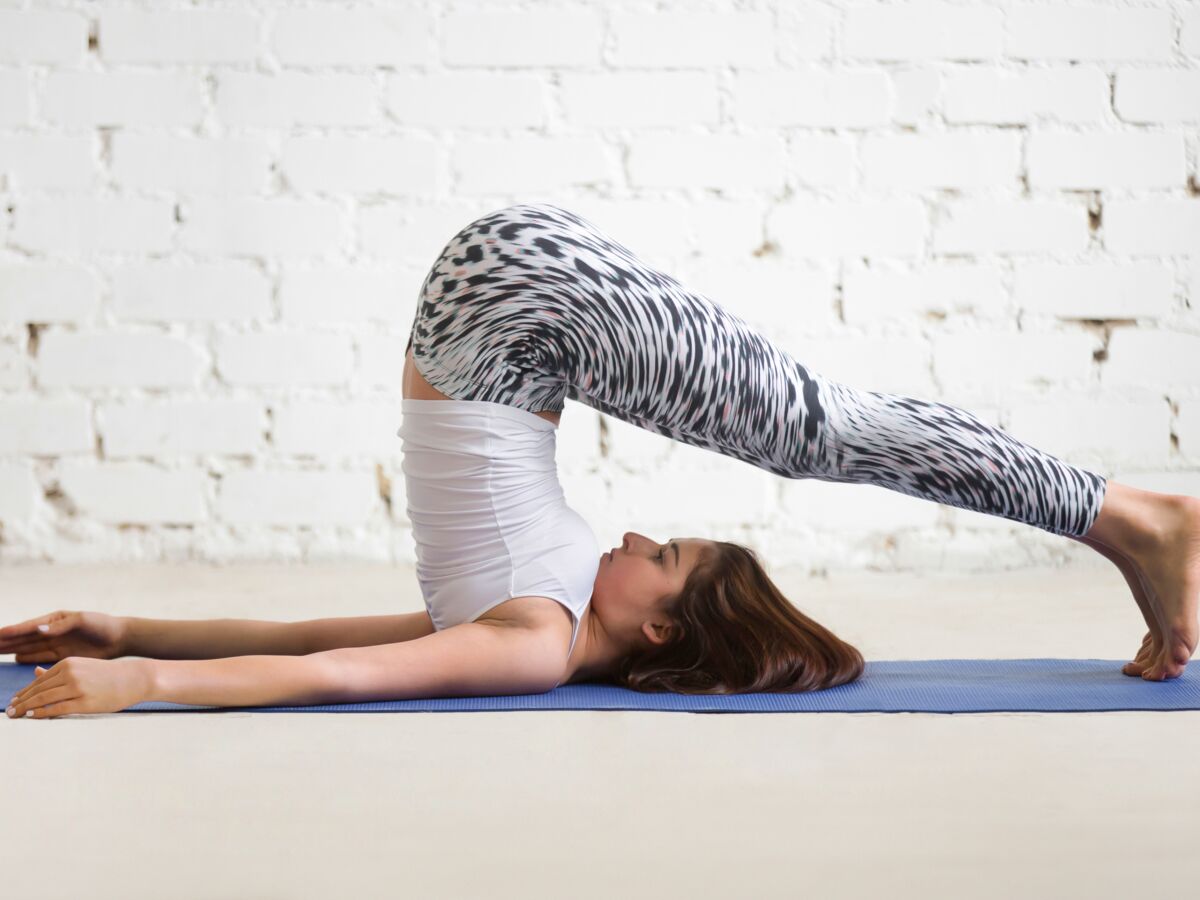Yoga for beginners at home
Do you want to take up yoga, but don't have the time to attend a group class? You don't have enough money to afford private yoga classes at home? Here's our mini-guide with advice on how to practice and start yoga on your own as an autodidact!
Why take up yoga?
Do you feel the need to practice a physical activity, to move?
Do you feel like toning your body, gaining flexibility? Do you really need to release tension?
These are good reasons to start yoga.
Yoga helps to relieve stress. As in meditation, by listening to one's breathing and being attentive to one's sensations, yoga encourages letting go by living in the present moment.
You will forget the worries of everyday life, the automatic thoughts. After a yoga session, you will feel relaxed and regain energy!
Another good news is that anyone can do yoga! Contrary to popular belief, yoga is not just for women.
It's a very complete discipline that suits everyone: men, women, children and the elderly...
You just have to take the necessary precautions to practice it according to your abilities and goals.
Yoga has a big advantage over other physical activities: it is a gentle sport that works in depth.
Unlike bodybuilding, which acts on a targeted muscle area, yoga works all muscles in depth and length through the movements of sheathing and stretching.
In addition, doing yoga has multiple benefits for both body and mind.
And when you start, you will quickly understand that you won't be bored because there are many different types of yoga: hatha yoga, vinyasa, kundalini yoga, nidra yoga, dynamic yoga, restorative yoga, ashtanga, yin, hot yoga...
You will also find a yoga and an offer adapted to your desires, your gender, your level or your age: the yoga rooms offer yoga for children, yoga for all, yoga for meditation, massage and relaxation, etc.
The offer of courses and wellness workshops is abundant! The advantage of doing yoga alone at home is that you can have a regular practice without having to take transportation, without having to adapt to this or that yoga studio.
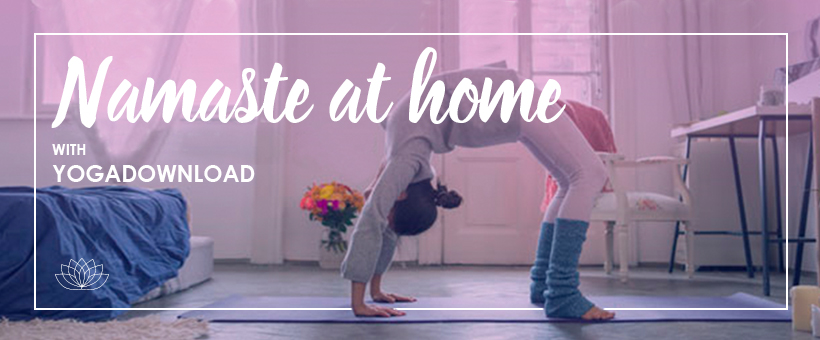
Some preliminary advice before doing yoga
But then, how do you know if the physical postures of yoga are well done by practicing yoga alone at home?
Here are some preliminary advice that we consider fundamental, before starting your series of postures.
• Switch the connected devices to "airplane" mode,
• Close distracting applications (Facebook and Messenger, Instagram, Twitter, YouTube, etc.),
• Turn off the TV (this is actually the first thing to do),
• Have the right yoga accessories: yoga mat, blanket, water bottle, towel,
• Choose soft and relaxing background music, or prefer silence (your choice),
• Practice in a clean, dust-free and quiet room.
The benefits of yoga will be felt if you stick to it over the long term, and it is important to turn off all possible sources of distraction (TV, internet, SMS messaging, etc.).
The principles of yoga are based in part on benevolence: to begin the practice, one must above all avoid judging oneself.
This will be the starting point of your motivation: you will do the sequences at your own pace, according to your means.
At the beginning and end of each session, the teachers sometimes recommend doing the corpse posture.
In other words shavasana in Sanskrit, it is a question of letting your body rest on the ground, without doing anything for 5 minutes.
Lie down on the floor, releasing your body weight, and remain motionless with your arms and hands stretched out on the floor.
Breathe and listen to your breathing. Make sure, of course, that you do not fall asleep!
This exercise requires good, calm, deep belly breathing, so it's not as simple as it sounds.
Beginner's basic yoga exercises
Are you ready to learn your first yoga exercises?
As a beginner, the most important thing is to be in good condition and to go to the simplest way to take care of your body and not get hurt!
To put you in condition:
• Clear yourself for half an hour or an hour during the day during which you will not be disturbed,
• Install your yoga mat,
• Prepare a playlist of 30 or 60 minutes special "yoga".
One last thing to always keep in mind: breathing is an integral part of yoga.
Be sure to breathe in and out deeply during the exercises and as you move from one yoga posture to another.
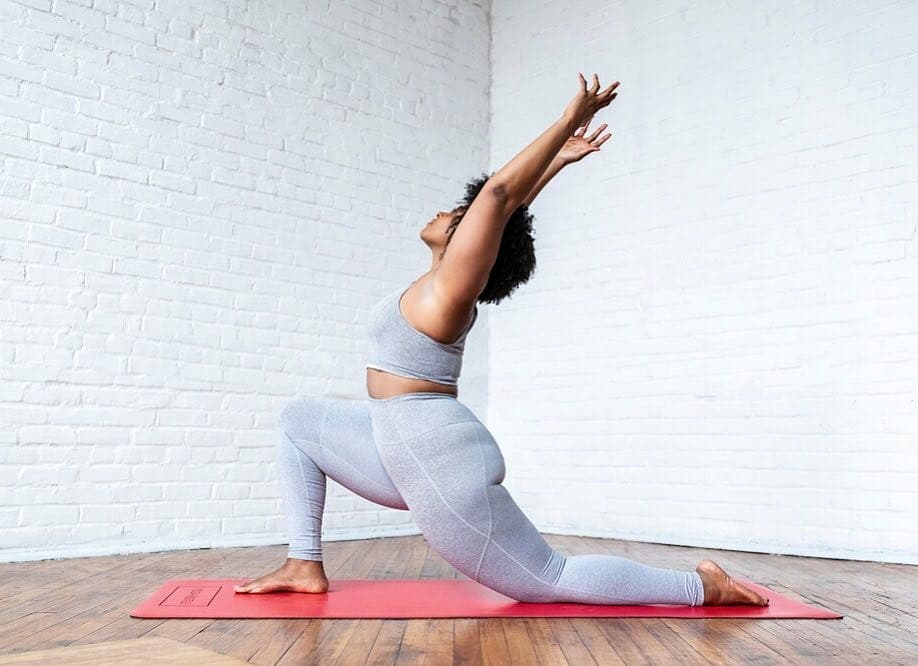
Exercises for beginners
The sitting position
The sitting position is ideal to start a yoga session. It soothes the mind and body and encourages you to sit up straight.
Sit in a suit, the simplest for the uninitiated.
Keep your bust straight, head, neck and back aligned.
Relax your shoulders, put your hands on your knees, palms facing up and close your eyes. Concentrate on your breathing.
The chair
Bend your knees, keeping them above your ankles with your thighs parallel to the ground as much as possible.
The torso should form a right angle with your thighs.
Raise your hands to the sky while breathing.
Tip: Put your body weight on your heels so your knees don't go too far forward.
The tree
The posture of the tree works the balance and strengthens the muscles of the lower body.
Put your weight on your left leg, place the sole of your right foot against your left ankle, open your right knee to the side, then lift your right foot up to your thigh.
Keep your head straight and contract your abdomen and buttocks.
Then join your hands together in prayer and raise them above your head. Stretch yourself up, breathe and hold for a few moments. Then do the same on the other side.
The sun salutation
Relatively easy to perform, the sun salutation follows a sequence of several postures that will help the body relax. Especially if you do it every day!
The regular practice of sun salutations from early morning is recommended by master yogis.
Notably because it allows stretching of the muscles of the back, thighs, buttocks, calves and arms.
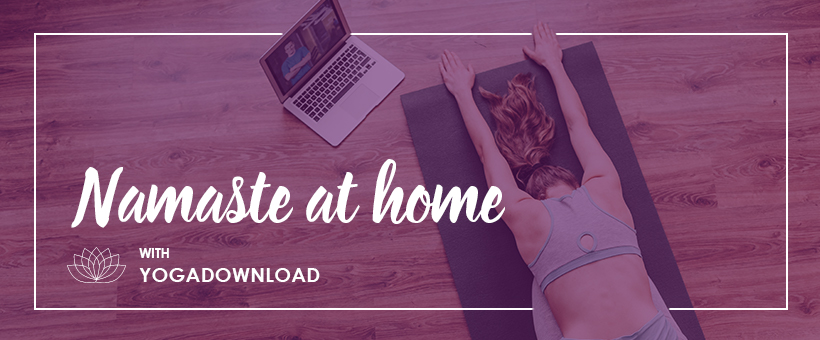
Some yoga postures to do at home
After these few basic exercises, you will now learn the essential yoga postures.
Here are some of these postures.
Be careful: they seem obvious, but they are not that easy to do. Be careful with your breathing and do the movements calmly so that you don't hurt yourself.
The child's posture
Otherwise known as "fetal posture", it is translated as balasana in Sanskrit.
This posture allows you to relax your lumbar and pelvis.
It operates a physical and moral refocusing.
Start by kneeling on the floor. With your shins resting on the ground, plunge your head and arms on the ground, going as far as possible.
Keep your forehead against the ground.
You can also pull your arms back along your legs.
Breathe calmly and relax your neck.
The cat's posture
In Sanskrit, this posture is called marjarasana.
This posture is one of the must-haves, the imponderable of your yoga sessions.
It is a posture of flexibility which aims at a muscular reinforcement of your spine.
With your head in alignment with your pelvis and coccyx, you stand on the floor with your palms and shins (from knees to ankles) against the ground.
As you take a deep breath, pull your head upwards, as if you were looking at the horizon.
In short, you only need to observe a cat's posture to understand how to stand!
The posture of the warrior
It is a posture of balance and muscular reinforcement of the abdominals and thighs.
It stretches the whole body and upper limbs, while working your supports on the ground.
In a standing position, take a step backwards, keeping your leg straight. Place the other leg forward with the knee bent and the bust slightly protruding forward.
Always keep your back straight and in line with your head. To do this, make sure the lap belt is sheathed.
As you exhale, raise your arms to the sky, looking upwards or towards the horizon. Pull your arms as high as possible.
The posture of the mountain
No, this is not the posture of the character of the Mountain in the Game of Thrones series ...
It is a posture of concentration, to develop breathing and body stability.
To achieve it, it is necessary to stand upright, feet apart by the width of the pelvis.
Arms down, along the body, raise them up by breathing deeply.
The posture of the tree
This posture, vrksasana, works the anchoring to the ground and the alignment of the hips with the knees.
With your feet shoulder-width apart, and hands in a prayer position, stand up straight, looking towards the horizon.
Raise your leg so that your foot rests on the top of the opposite thigh.
Slowly rest the foot, and repeat for the other leg.
This posture stimulates balance on the ground and meditation, especially mindfulness.
Do not force on the joints. Raise the leg to a height that suits you, without forcing.
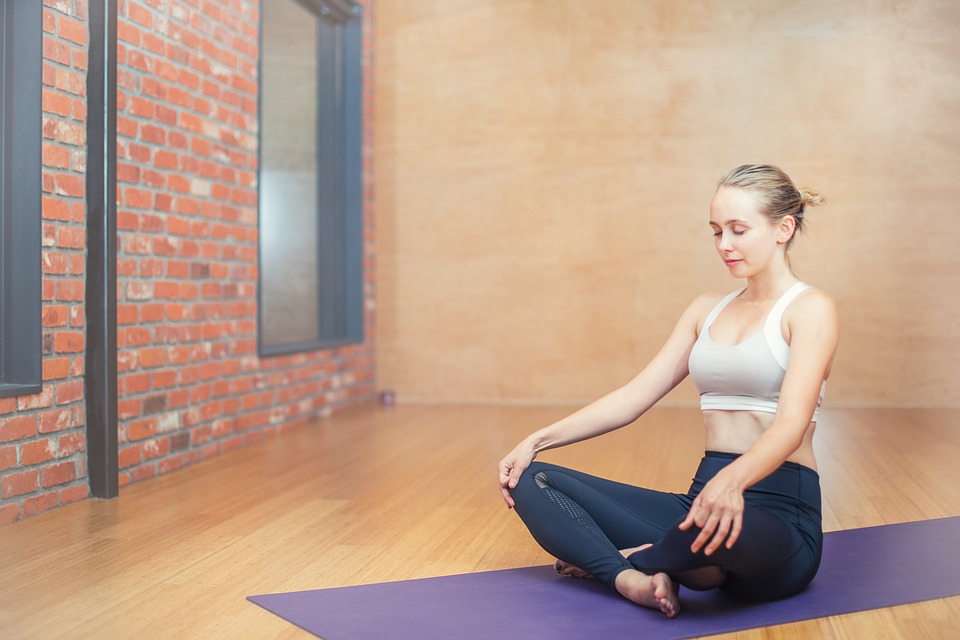
Equipment to do yoga at home
You don't need to invest a lot in equipment to practice yoga at home.
All you need is quality props to get the most out of your sessions.
Because the more comfortable the accessory is, the more you let go and increase the benefits of yoga!
The basic material for yoga at home is first and foremost the purchase of a good yoga mat.
You can start with a gym mat, but you'll soon see that it's not suitable for yoga practice: it slips, moves and stops...
The yoga mat, preferably well padded to protect your back and not feel the cold of the ground, allows you to lie down and perform the various poses in comfort.
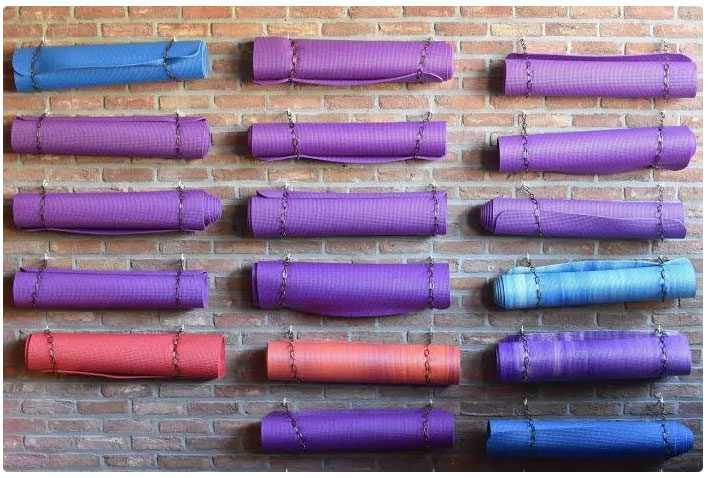
To choose your yoga mat, the main criteria are thickness, lightness, material and price.
Second essential accessory after the mat: the outfit.
Yoga clothing must be comfortable and close to the body to facilitate movement.
You probably already have what you need at home: sports leggings and a barrier or tank top are enough to get you started.
If you choose to continue and practice yoga on a regular basis, you may want to consider "technical" materials such as polyester or elastane.
Here are some other accessories that you can acquire over the course of your sessions, depending on the exercises you like to do:
• The cushions can support your body when you adopt certain positions - for example, the lotus position, to avoid pressing your pelvis and sacrum too hard against the ground,
• The meditation cushions, oval in shape, are intended for meditation in a squatting sitting position, on the heels. They offer a wide and stable sitting position,
• Bricks are used for example in balance postures and avoid pulling on the back. You can start by using books at home, but the bricks will be more stable. They are available at very affordable prices in large sports stores.
You will find these accessories and clothing in stores or online on the internet.


